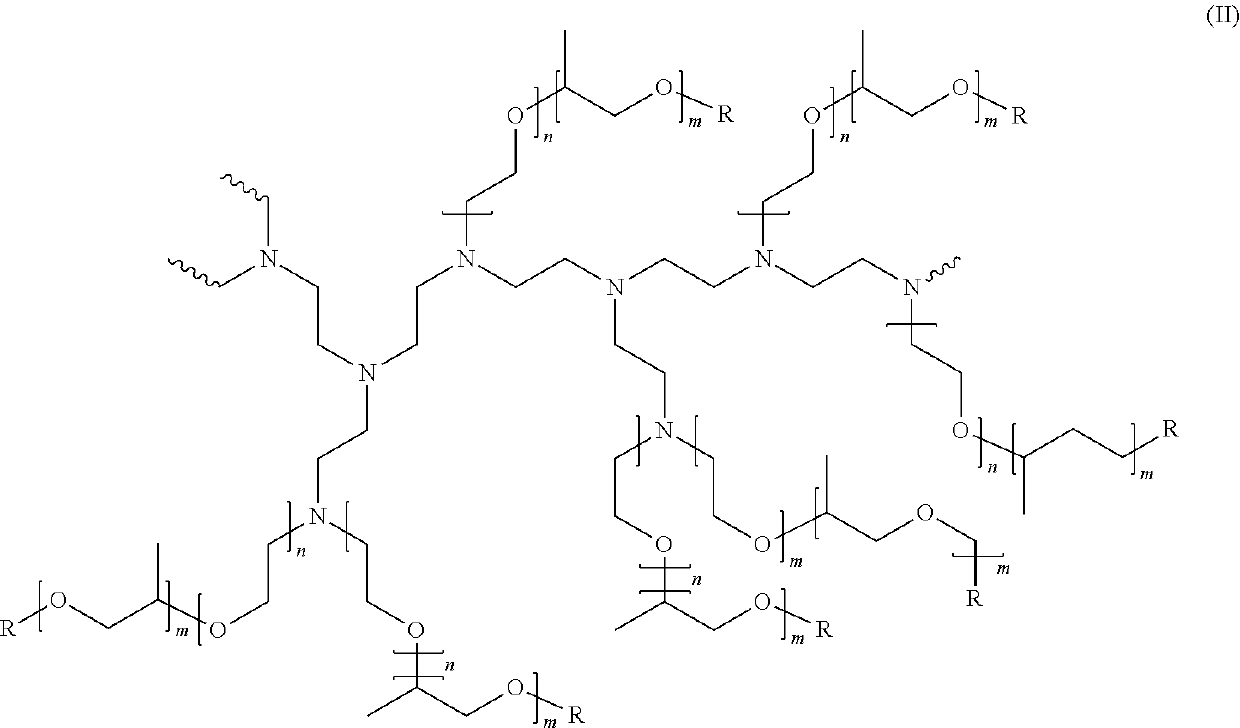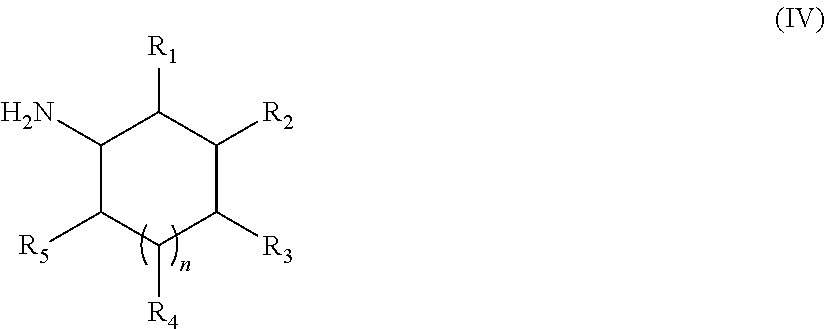Detergent composition
- Summary
- Abstract
- Description
- Claims
- Application Information
AI Technical Summary
Benefits of technology
Problems solved by technology
Method used
Image
Examples
example 1
n of Chlorella Variabilis CvFAP
[0160]Chlorella variabilis CvFAP (SEQ ID NO: 1) is a fatty acid photodecarboxylase that converts medium chain fatty acids (e.g. linoleic acid or oleic acid) into the corresponding alkanes and that is included as an example of the current invention. A codon optimized gene (SEQ ID NO: 19) encoding for a truncated version of the CvFAP decarboxylase lacking the N-terminal residues encoding for the predicted chloroplast targeting sequence (i.e. residues 1-61) was designed and synthesized by Genscript. After synthesis, the gene was cloned into a modified version of pET28a, such as the final plasmid encoded for a CvFAP variant including an N-terminal amino acid sequence containing a His-tag, an MBP tag, and a TEV protease cleavage site (SEQ ID NO:20). For heterologous expression, Escherichia coli BL21 (DE3) cells were transformed with the recombinant plasmid and a single colony was inoculated into LB medium containing kanamycin (50 mg / L). Pre-starter cultures...
example 2
tivity Assays
[0161]Reactions of oleic acid and / or linoleic acid with the earlier described FAP decarboxylase enzyme produced as described in example 1 were performed as follows. Aliquots of fatty acid (final concentration 200 82 M), flavin adenine dinucleotide (FAD, final concentration 4 μM), and enzyme (final concentration 1 μM) were resuspended in buffer (Tris-HCl pH 8.5, 100 mM). The solutions were incubated at 37° C. for 30 min under blue LED light while mixing. Aliquots of 100 μL of the reaction solutions were collected and mixed with 900 μL of isopropyl alcohol to stop the reactions. Analysis of the samples was performed by reversed-phase LC / MS / MS to determine the concentrations of fatty acid remaining in the solutions. The conversions of the different substrates were calculated and summarized in the table.
SubstrateConversion, [%]Palmitic acid29Linoleic acid56Oleic acid20Stearic acid87
[0162]The data in the table confirms that CvFAP decarboxylase catalyzes the conversion of fre...
example 3
Manual Dish-Washing Detergent Composition
[0170]
Level (as 100% active)Sodium alkyl ethoxy sulfate (C1213EO0.6S)22.91% n-C12-14 Di Methyl Amine Oxide7.64%Lutensol XP80 (non-ionic surfactant supplied by BASF)0.45%Sodium Chloride 1.2%Poly Propylene Glycol (weight average molecular wt. 2000) 1%Ethanol 2%Sodium Hydroxide0.24%Fatty acid photodecarboxylase (SEQ ID NO: 1) 0.1%Minors (perfume, preservative, dye) + waterTo 100%pH (@ 10% solution)9
[0171]All percentages and ratios given for enzymes are based on active protein. All percentages and ratios herein are calculated by weight unless otherwise indicated. All percentages and ratios are calculated based on the total composition unless otherwise indicated. It should be understood that every maximum numerical limitation given throughout this specification includes every lower numerical limitation, as if such lower numerical limitations were expressly written herein. Every minimum numerical limitation given throughout this specification wil...
PUM
 Login to View More
Login to View More Abstract
Description
Claims
Application Information
 Login to View More
Login to View More - R&D Engineer
- R&D Manager
- IP Professional
- Industry Leading Data Capabilities
- Powerful AI technology
- Patent DNA Extraction
Browse by: Latest US Patents, China's latest patents, Technical Efficacy Thesaurus, Application Domain, Technology Topic, Popular Technical Reports.
© 2024 PatSnap. All rights reserved.Legal|Privacy policy|Modern Slavery Act Transparency Statement|Sitemap|About US| Contact US: help@patsnap.com









